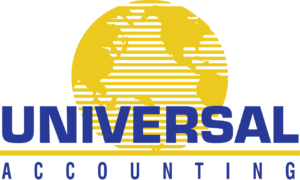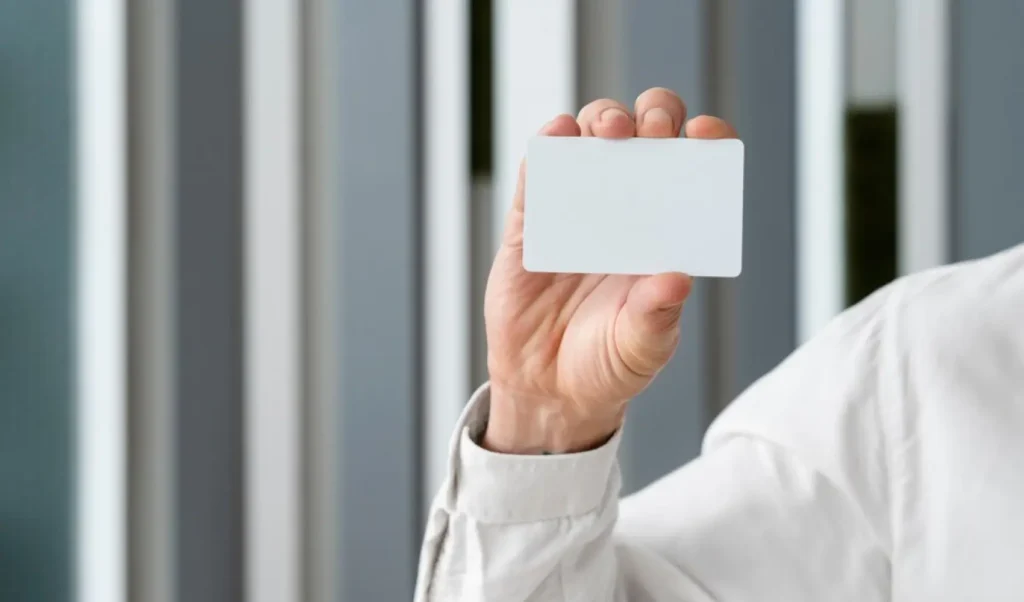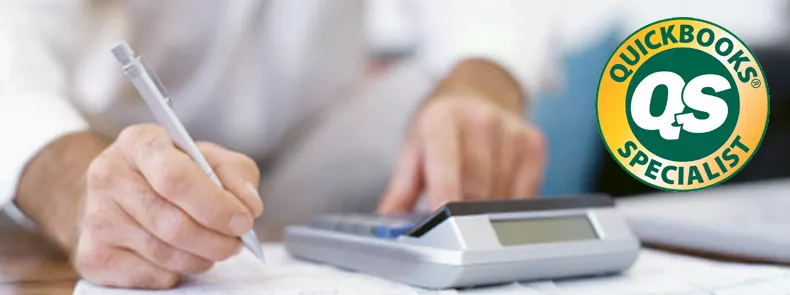Business Owners and Non-Profit Organizations:
The IRS Announces a Formula for Calculating Telephone Excise Tax Refunds
In May of 2006 the Treasure Department announced that beginning April 1 the government would no longer collect federal excise tax on long-distance telephone service. They also announced that taxpayers could request refunds for telephone excise tax collected after February 28, 2003 . To avoid the troublesome task of calculating 41 month’s worth of long-distance telephone taxes, the IRS recently released a formula intended to help individuals, business owners, and non-profit organizations to calculate their refunds. “Businesses and tax-exempt organizations generally have more varied phone usage patterns than individuals,” IRS Commissioner Mark W. Everson said. “The IRS has met with a number of businesses and tax-exempt organizations to understand their concerns. We believe we have developed a reasonable method for estimating telephone excise tax refund amounts while reducing burden.”To request a refund, business owners and non-profit organizations should complete Form 8913, Credit for Telephone Excise Tax Paid and attach it to their regular return. In order to calculate their refund, they must use the new IRS formula. First compare two telephone service statements: April, 2006 and September, 2006. Calculate the tax percentage of each bill (April contains a tax on local and long-distance service while September only includes a tax on local telephone service). The difference between these two percentages must then be applied to the quarterly or annual phone charges to determine their refund. The IRS also provides an example. If a small business had an April, 2006 phone bill of $1000 with $28 in federal excise tax, the percentage would be 2.8 percent. If their September 2006 phone bill was $1100 with $16.50 in federal excise tax the tax percentage would be 1.5. The business would subtract 1.5 from 2.8 in order to get a final tax percentage of 1.3. The business would then multiply 1.3 by their total phone expenses over the 41-month period in order to calculate their final return.Large businesses of 250 or more employees are restricted to a 1% cap while small businesses and non-profit organizations are restricted to a 2% cap on what they can claim. In the example above, a small business could claim 1.3%, because it doesn’t go over their 2% cap, while a large business could only claim 1% of the 1.3 percentage. The IRS has also included a standard refund amount for individuals: $30 for one exemption, $40 for two exemptions, $50 for three exemptions, and $60 for four or more exemptions. The IRS devised the formula after discussing the issue with the business community, specifically the Small Business Administration and representatives from the tax-exempt community. They hope the formula provides a less burdensome approach to calculating the telephone excise tax refund.
You can find more information on the federal telephone excise tax refund in your 2006 tax return materials, or visit IRS.gov.
Universal Accounting is continuously looking to bring to you the latest in the industry. You are only as good as the training you complete! Take the opportunity, if you haven’t already and get more familiar with what’s all involved in the Module coursework. Click Here to find out more.
Share this post: on Twitter on Facebook on Google+




